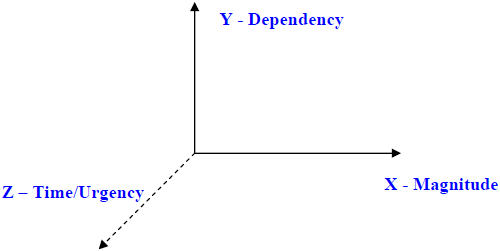Authors
Mukul Madahar, Pat Cleary, & David Ball
Abstract
There has been a significant amount of research into spreadsheets over the last two decades. Errors in spreadsheets are well documented. Once used mainly for simple functions such as logging, tracking and totalling information, spreadsheets with enhanced formulas are being used for complex calculative models.
There are many software packages and tools which assist in detecting errors within spreadsheets. There has been very little evidence of investigation into the spreadsheet risks associated with the main stream operations within an organisation.
This study is a part of the investigation into the means of mitigating risks associated with spreadsheet use within organisations.
In this paper the authors present and analyse three proposed models for categorisation of spreadsheet use and the level of risks involved. The models are analysed in the light of current knowledge and the general risks associated with organisations.
Sample

Model 3 seems to be the most acceptable for categorising spreadsheets. The primary reason is that it uses more conventional and universally understandable terminology and could be applied to a wide range of organisations.
The dimensions are:
- Magnitude. Classifies the magnitude of risk, i.e. severity of the consequences of errors within spreadsheets, which can be financial or business risk (including reputation and compliance).
- Dependency. Defined by the use of the spreadsheets, which can be operational, tactical or strategic.
- Time/Urgency. Means the extent to which tight deadlines are associated with the spreadsheets. One of the reasons why spreadsheets are commonly used is that they are quick and easy to use.
Publication
2007, EuSpRIG
Full article
Categorisation of spreadsheet use within organisations, incorporating risk: A progress report
